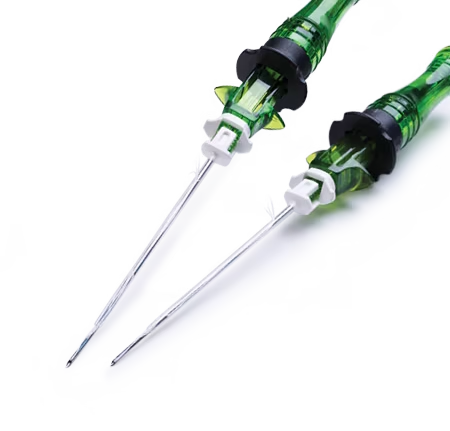HQ Team
November 7, 2023: Johnson & Johnson will apply with the USFDA to start clinical trials in the second half of 2024 for its robotic surgical system.
The system, Ottava, incorporates four robotic arms into a standard-size surgical table. The system’s invisible design makes the robotic arms available when needed or otherwise stowed under the surgical table.
“The design removes barriers to movement and collaboration in robotic operating rooms (OR) and offers surgical teams the freedom and flexibility to adapt to clinical workflows and individualised patient needs,” such as the ability to reposition a patient without interrupting the procedure, according to a J&J statement.
Hani Abouhalka, Company Group Chairman, Robotics & Digital, Johnson & Johnson MedTech, said: “We believe the future of surgery is personal. Starting with the human impact – the connection between the patient, surgeon, and OR staff – we are unlocking what science and technology can do to improve the surgical experience and health outcomes for everyone involved.”
‘Twin motion’ feature
The system’s “twin motion” feature – the unified movement of the table and the robotic arms – is designed to allow surgical teams to address important clinical needs during surgery.
“Today, the majority of ORs are not robotic because they were not built with a robot in mind,” said Dr Eduardo Parra-Davila, a Colorectal and General Surgeon at the Palm Beach Digital Institute.
“The industry needs a system that is adaptable, easy to use in any OR in the world, and maintains space in the OR. As surgeons, we need space to improve the workflow in the OR, increase safety, and enable 360-degree patient access so we can perform at the capacity that we would like to,” said Dr Davila, a paid consultant for J&J MedTech.
The global surgical robotics market size was valued at $78.8 billion in 2022 and is projected to reach $188.8 billion by 2032, growing at a CAGR of 9.1% from 2023 to 2032, according to Allied Market Research.
Shorter hospitalisation
Surgical robots offer significant advantages in minimally invasive surgery by enabling exceptionally precise manipulation of surgical instruments within constrained operation spaces, surpassing human capabilities.
Surgical robotics technology is used across various medical specialities, enabling surgeons to perform complex procedures through small incisions, resulting in reduced patient trauma, shorter recovery times, and enhanced patient outcomes.
An increase in demand and acceptance of laparoscopic or minimally invasive surgery due to the benefits to patients and surgeons, such as better screening, greater precision, shorter hospitalisation, and reduced pain and discomfort are fuelling the market growth.








